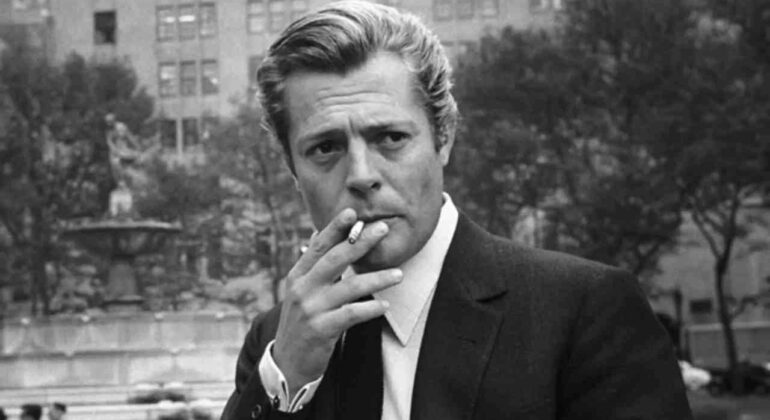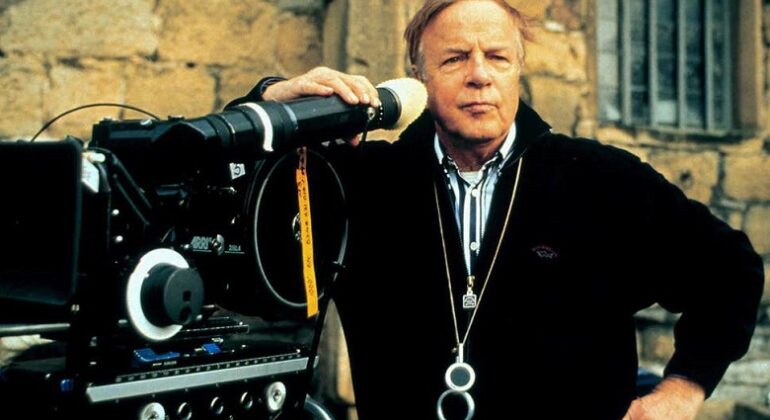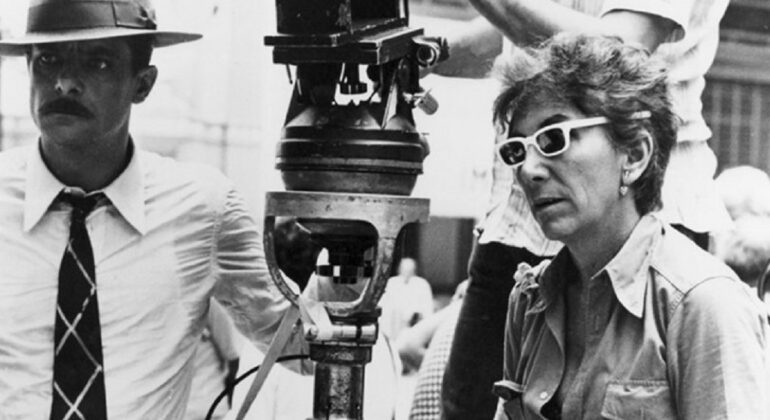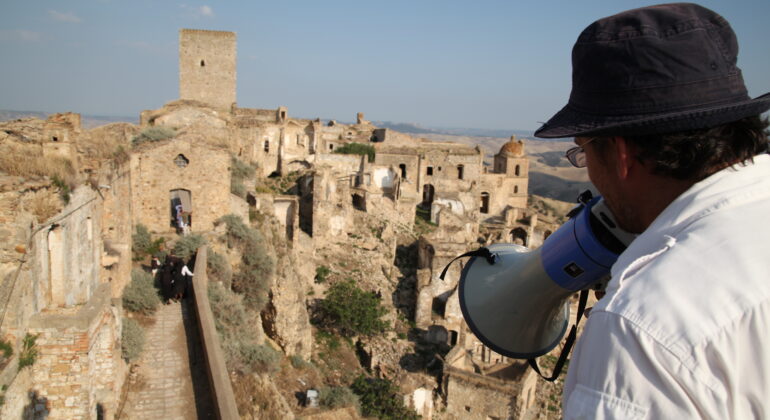Marcello Mastroianni – the “Snaporaz” of Federico Fellini
Marcello Mastroianni was one of the best known and most appreciated Italian actors in the world. Among his masterpieces were the films which paired him with Sophia Loren and his leading roles for Fellini. Talent and charm. And above all, he was a star who refused to be one.
Fellini’s favourite actor, interpreter of 160 films during a very long career in which he worked with the greatest Italian directors. From Scola to Germi via De Sica, Monicelli, Risi, Antonioni, Ferreri, giving us cult interpretations as in “La dolce vita “,” I soliti ignoti “,” 8 ½ “. Very classic and experimenter, shy and friend of the people, melodramatic and comic, loved by the most popular and the most intellectual cinema. Mastroianni was a commoner who moved like an aristocrat. They say about him that he didn’t read the scripts, but when he entered the scene he seemed to have rehearsed hundreds of times.
Marcello Mastroianni brought man to the set, and in his most disparate characteristics: from a fragile existence to subtle humor. He was able to merge himself with the character and vice versa, as if it were the simplest thing in the world.
«In each of his films he entered the scene giving the impression of not knowing who or what he was. He he tried to understand each other little by little as he became his character and his character became him. But, even in the end, he left us with a still questioning look» (Umberto Eco). Perhaps for this reason, Fellini, filming of La dolce vita, nicknamed him Snaporaz, a comic nickname taken from one of the director’s works. Mastroianni not only embodied for Fellini the ideal of a trusted friend: he was. Even if, as the director admitted, they saw each other little, their bond went far beyond just a professional relationship. Part of a friendship without boundaries, their complicity managed to go beyond the constant need for confirmation. We could say, a bit like the characters of Snàporaz and Mollica.
Discover clips of Italian movies on www.visititalywithmovies.com and wonderful Italian films on www.movieitalyplus.com
Click here to read more articles!











Recent Comments